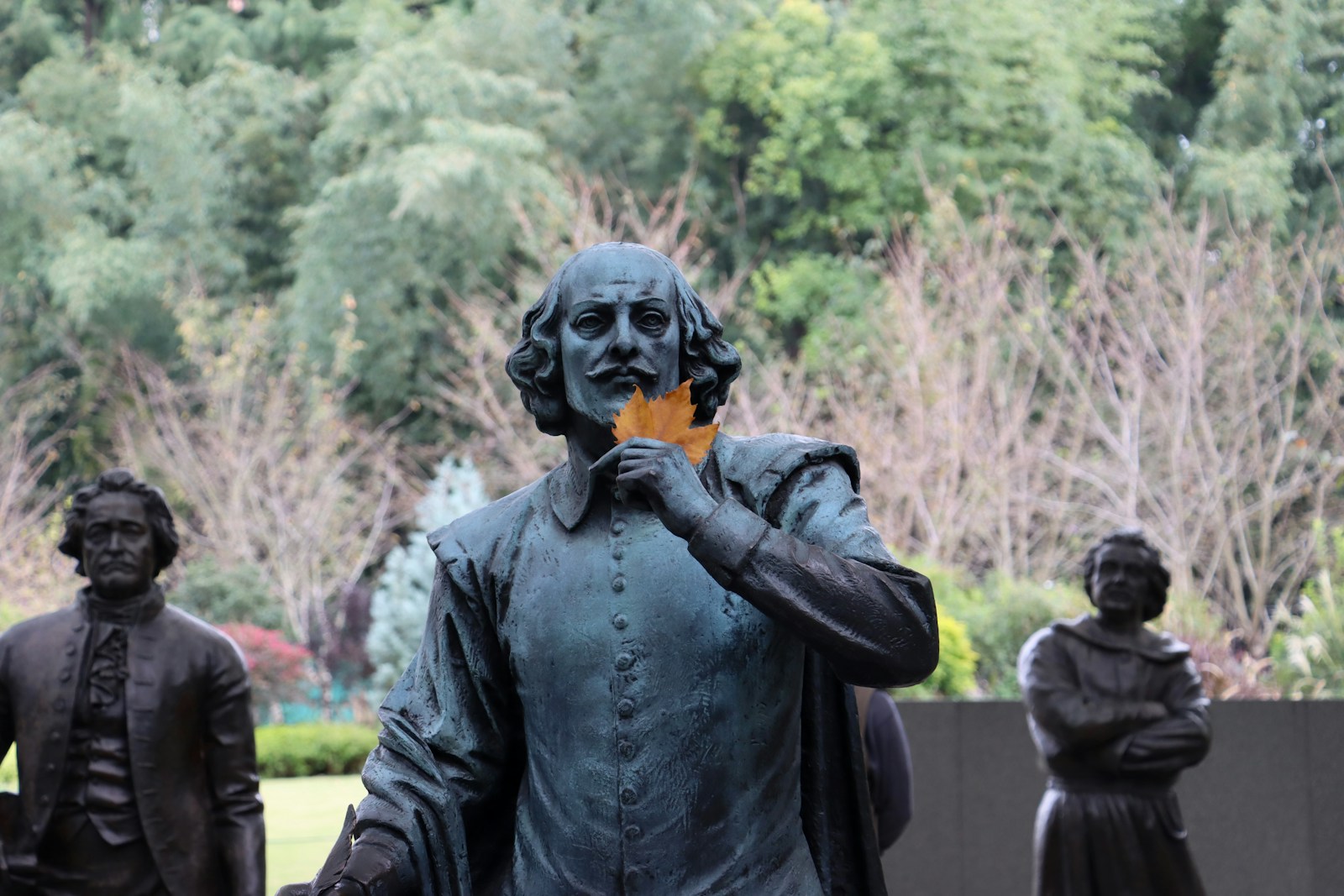How Britain’s School Uniforms Have Evolved Through the Centuries
When you think of British school uniforms, images of crisp blazers, polished shoes, and smart ties might pop into your head. But have you ever wondered how these iconic ensembles came to be? The history of school uniforms in Britain is as rich and varied as the country itself, reflecting changes in society, culture, and even fashion trends over centuries. Join me on a journey as we explore the evolution of school uniforms in Britain, from their humble beginnings to the present day.
The Origins of School Uniforms
The concept of a school uniform in Britain can be traced back to the 16th century. The first recorded instance of a uniform was at Christ’s Hospital, a charity school established in 1552 in London. Here, students wore a distinctive blue coat and yellow stockings, a look that set the stage for future school attire. The purpose was twofold: to foster a sense of belonging and to disguise any economic disparities among students. It was less about fashion and more about functionality.
During this period, uniforms were predominantly adopted by charity schools and grammar schools. The wealthy elite often sent their children to private institutions, where the concept of uniformity was less emphasized. Instead, students wore what was deemed fashionable, which varied from one social class to another.
The 19th Century: Formalization Takes Root
As the 19th century rolled in, the Industrial Revolution transformed British society. With urbanization on the rise, more children were attending school than ever before. The need for a standardized school uniform became more pressing, especially as educational institutions began to formalize their structures.
In 1845, the Education Act paved the way for state-funded schools, and by the end of the century, many schools began to adopt uniforms as a way to promote discipline and equality among students. Gone were the days of colorful frocks and everyday clothes; instead, students were seen in dark tones, often navy or black, reflecting the serious nature of education.
This era also saw the rise of “house” systems in schools, where students were organized into groups, often indicated by their uniforms. This not only fostered competition but also created a sense of community among students.
The 20th Century: The Rise of the Iconic Look
The 20th century marked a significant evolution in British school uniforms, influenced by global events and changing societal norms. The early decades saw a continuation of the darker hues, but as the century progressed, schools began to incorporate more distinctive colors and styles. The blazer became a staple, often paired with a waistcoat and tailored trousers or skirts.
The aftermath of World War II brought about another shift. With fabric rationing during the war, schools had to adapt to limited resources, leading to simpler uniforms. However, the 1960s ushered in the era of rebellion, and students began to push back against the traditional uniform. This decade saw the introduction of more relaxed dress codes in some progressive schools, allowing for greater individuality in personal attire.
Ties, once a sign of formality, became a contentious issue. While some schools maintained strict regulations, others opted for a more lenient approach, allowing students to express themselves through different tie styles or even opting out of them altogether. The shift in gender norms also played a vital role, as girls began to demand equal representation in uniform styles and regulations.
The Late 20th Century to Present: A Modern Twist
By the late 20th century, the traditional school uniform was facing a new challenge: the rise of informality in everyday clothing. The advent of casual wear led many schools to reconsider their uniform policies. Some institutions began to relax their standards, allowing for more comfortable choices, like polo shirts and smart-casual trousers.
However, the 1990s also saw a resurgence of interest in traditional uniforms, with many parents advocating for a return to stricter dress codes as a means of discipline. The iconic blazer made a comeback, often adorned with school crests and badges that fostered a sense of pride among students.
Today, British school uniforms are a blend of tradition and modernity. Schools are incorporating technology into their uniform policies, utilizing online platforms for ordering customized attire. Additionally, the push for sustainability has led to many institutions opting for eco-friendly materials in their uniforms.
The Role of Gender in School Uniforms
The evolution of school uniforms in Britain has also reflected changing attitudes towards gender. Traditionally, boys’ and girls’ uniforms differed significantly, with girls often relegated to skirts and blouses while boys donned trousers and ties. However, as society has become increasingly aware of gender fluidity and inclusivity, many schools have begun to rethink these distinctions.
In recent years, some progressive schools have introduced gender-neutral uniforms, allowing students to choose what they feel most comfortable in. This change has been met with both enthusiasm and resistance, as institutions strive to balance tradition with modern values.
The Future of School Uniforms in Britain
As we look ahead, the future of school uniforms in Britain remains an open question. Will we continue to see a blend of tradition and modernity, or will schools lean further into casual attire? The rise of remote learning and technology integration during the COVID-19 pandemic has also sparked discussions about the necessity of uniforms altogether.
One thing is clear: school uniforms will continue to evolve in response to societal changes, economic considerations, and the voices of students and parents alike. As schools adapt to the needs of their communities, the only constant will be change.
Conclusion
The journey of British school uniforms through the centuries is a fascinating reflection of societal shifts, cultural influences, and the enduring quest for equality and identity. From the humble beginnings at charity schools to the present-day discussions surrounding gender inclusivity and sustainability, uniforms have played a pivotal role in shaping the educational landscape.
Whether you love them or loathe them, there’s no denying that school uniforms have made a mark on the British cultural fabric. As we continue to navigate the complexities of education in the modern world, one can only wonder how school uniforms will transform in the years to come. The history of school uniforms may be rooted in tradition, but the future is wide open, offering a canvas for creativity, individuality, and collective identity.








